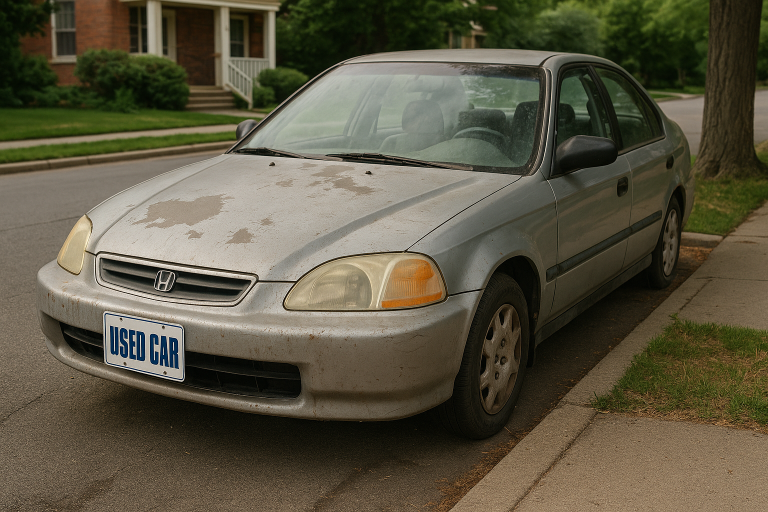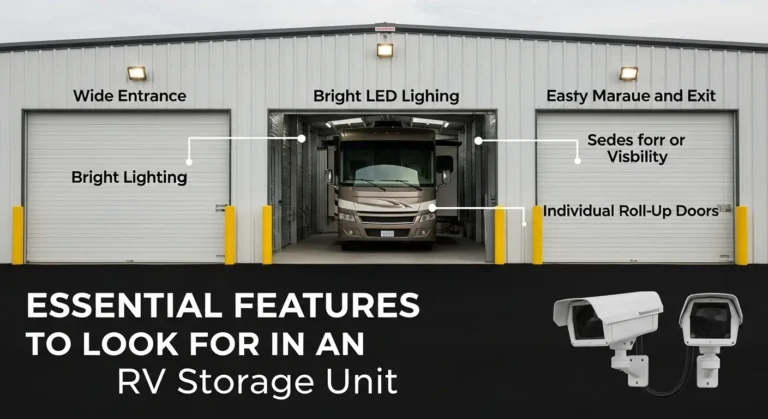
As the saying goes, “prevention is better than cure,” and this is especially true for car maintenance. We all depend on our cars for daily driving and trips, so taking care of them is important for a smooth, reliable ride.
While it might seem overwhelming, simple steps can help your car last longer and avoid costly repairs. In this guide, we’ll share car maintenance tips to keep your car in great shape and give you peace of mind on the road.
From regular checks to expert advice, you’ll be ready to enjoy a trouble-free driving experience.
The Ultimate Car Maintenance Tips to Keep Your Vehicle Running Smoothly
1. Check Your Oil Regularly
Oil is the lifeblood of your engine. Regular oil checks will not only keep your engine running smoothly but also help prevent wear and tear that could lead to serious damage.
For most vehicles, checking your oil level at least once a month and changing it every 3,000 to 5,000 miles is a good rule of thumb. Ensure you follow the manufacturer’s guidelines, as some modern engines can go longer between oil changes.
2. Keep an Eye on Tire Health
Your tires are the only contact between your car and the road, making their maintenance critical. Check the tire pressure monthly and look for any signs of wear, such as uneven tread or cracks.
Rotating your tires every 5,000 to 7,500 miles can help prolong their lifespan. Additionally, regular alignment checks can enhance fuel efficiency and ensure a safe ride.
3. Regular Brake Checks
Brakes are one of the most vital safety features your vehicle possesses. Have your brakes inspected at least once a year. If you hear squeaking or grinding noises when braking, it’s essential to have them checked immediately.
Regular brake inspections can prevent a lot of headaches down the line, ensuring that your vehicle is safe to drive. To begin, park your car on a level surface and apply the parking brake. Then, start the engine and press down on the brake pedal.
It should feel firm and not sink to the floor. Next, inspect the brake pads for any signs of wear and tear, such as thinning or cracking. Also, check the brake fluid level and top it off if necessary.
Finally, take the car for a short test drive to ensure that the brakes are responsive and not making any strange noises. By performing these steps regularly, you can ensure that your brakes are in good working condition and avoid potential accidents on the road.
4. Replace Worn Wiper Blades
Good visibility is essential for safe driving, and wiper blades play a key role in that. Most drivers should replace their wiper blades every six to twelve months, especially if they notice streaks or skipping while in use. Considering the cost of wiper blades, this is a quick and affordable maintenance task that can significantly improve your driving experience in adverse weather.
Replacing worn wiper blades is an essential task to maintain the safety and functionality of your vehicle. First, identify the type and size of wiper blades needed for your car, which can be found in the owner’s manual or by consulting a professional. Then, lift the wiper arms and remove the old blades by pressing the release tab and sliding them off.
Next, attach the new wiper blades by sliding them onto the wiper arm and snapping them into place. Finally, lower the wiper arms back onto the windshield and test the new blades to ensure proper installation. Replacing worn wiper blades may seem like a small task, but it can greatly improve visibility and safety while driving.
5. Maintain Fluid Levels
Beyond just oil, your vehicle has several other fluids that require attention. Regularly check coolant, brake fluid, transmission fluid, and windshield washer fluid.
Keeping these fluids at proper levels will not only extend the functionality of your vehicle but also prevent engine overheating, poor braking performance, and visibility issues. As a general rule, refill any fluid that’s below the recommended level and have your system flushed as required.
6. Battery Care and Maintenance
The car battery provides the power needed to start your engine and run electrical accessories within the vehicle. Check the battery terminals for corrosion and make sure connections are tight; loose or corroded terminals can lead to starting problems. Batteries usually last between three to five years, so it’s good practice to have your battery tested regularly, especially as it ages.
7. Inspect Belts and Hoses
Belt and hose failure can lead to significant engine problems. Inspect your belts for wear and tear, such as fraying or cracking, and check hoses for leaks or bulges.
Generally, belts should be replaced every 60,000 miles while hoses should be checked and potentially replaced every four years. Keep in mind that early detection can save you from costly repairs down the line.
8. Car Wash and Wax
While it may seem superficial, regular washing and waxing protect your vehicle’s exterior from dirt, grime, and harmful elements. A car that’s well-maintained on the outside can resist rust and corrosion. Aim to wash your vehicle at least once a month and apply wax every few months. This simple maintenance tip also keeps your car looking great.
9. Schedule Professional Inspections
No maintenance tips can replace a thorough professional inspection. At least once a year, have a certified technician check your vehicle’s overall condition. They can identify issues that may not be apparent at first glance.
Additionally, if you have a Chevrolet car, a professional inspection is important. It includes checking all critical systems, such as brakes, tires, and engine performance.
This ensures that everything is in excellent working order. Don’t overlook the fundamentals; prioritize your car’s health to ensure a smooth and reliable ride. Stay on top of your Chevy maintenance and enjoy the benefits of a well-maintained vehicle.
The Ultimate Car Maintenance Tips to Keep Your Vehicle Running Smoothly
Regular car maintenance is essential for a smooth and reliable ride. From proper tire inflation to regular oil changes and tune-ups, these simple tips can help extend the lifespan of your vehicle and improve its performance. Don’t neglect your car’s maintenance needs, schedule a check-up today and keep your ride running smoothly.
Take care of your vehicle and it will take care of you. So, make sure to follow these tips and enjoy a safe and worry-free driving experience. Don’t wait until it’s too late, take action now and give your car the care it deserves!
Looking for more tips and advice? You’re in the right place! Make sure to bookmark our page and come back to check out more interesting articles.
Source: XXBrits






